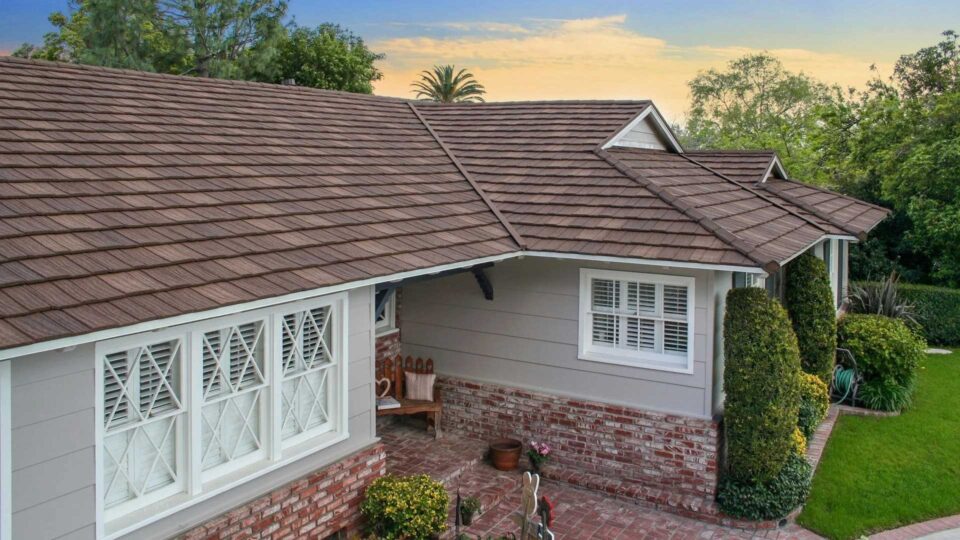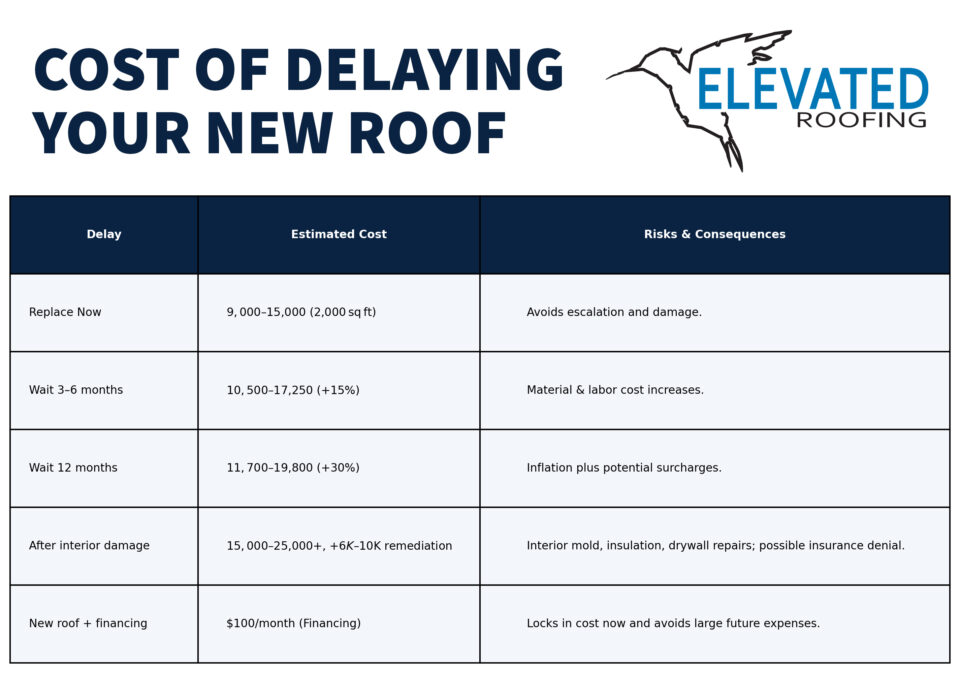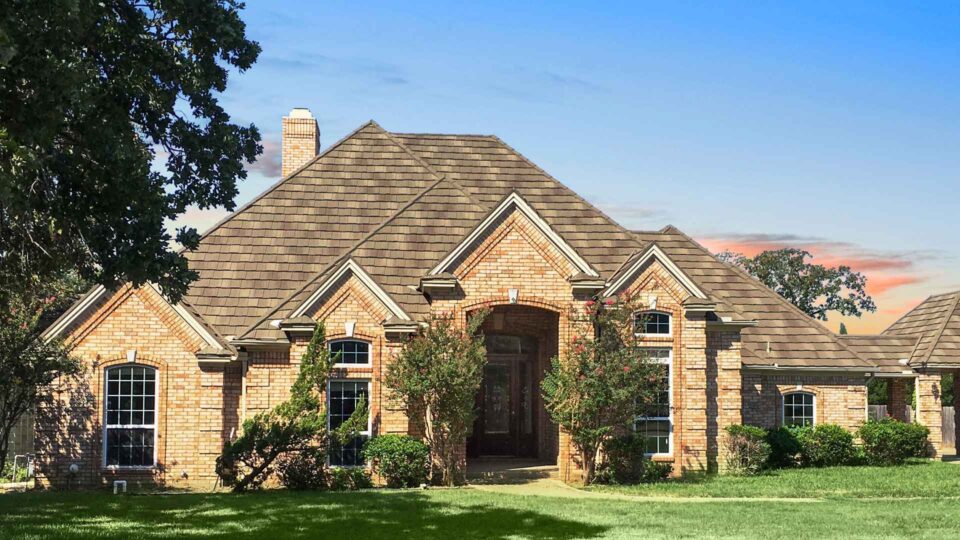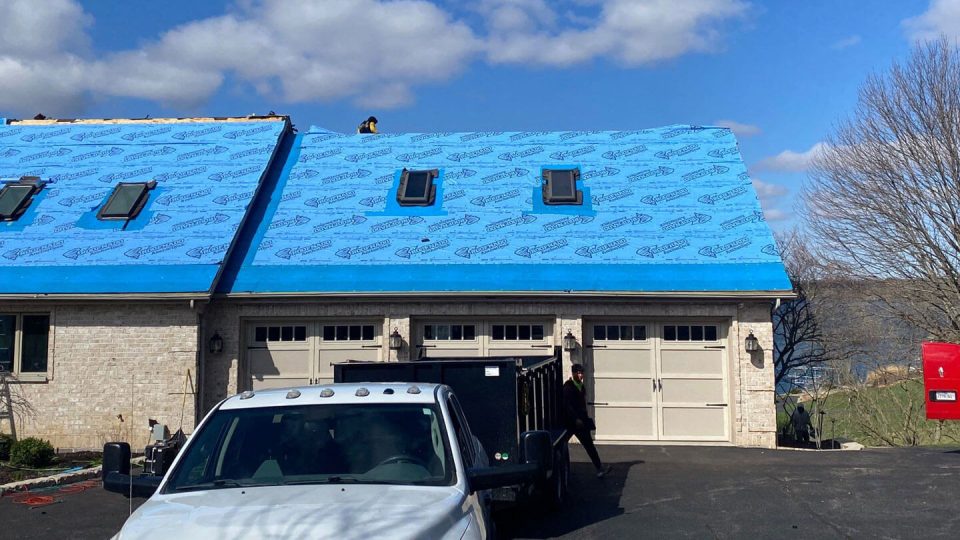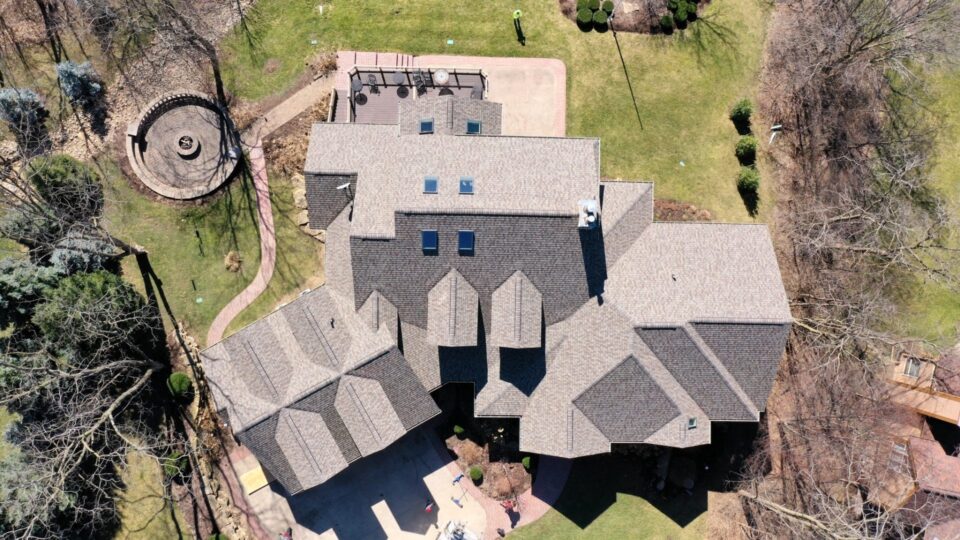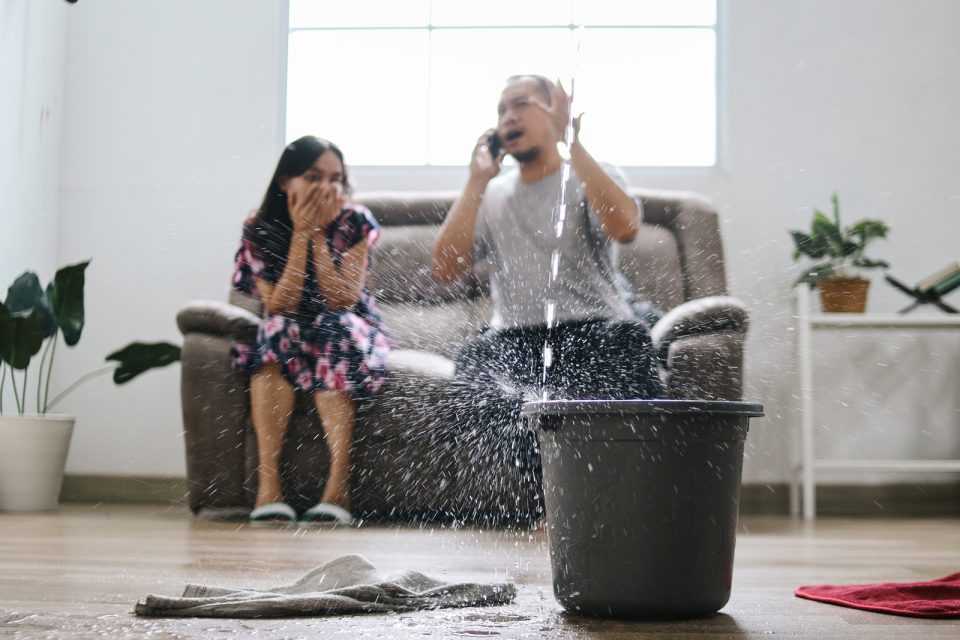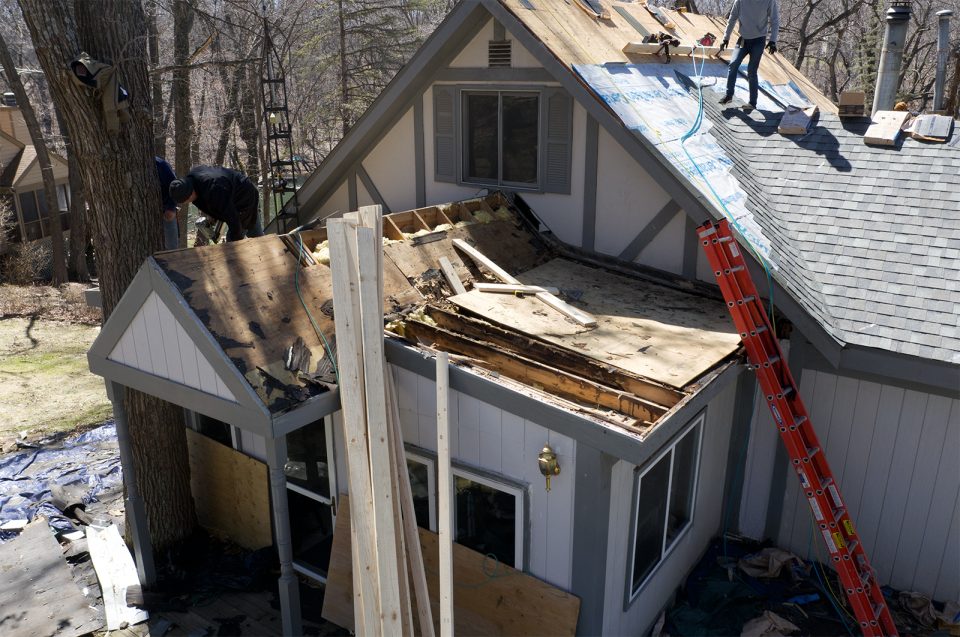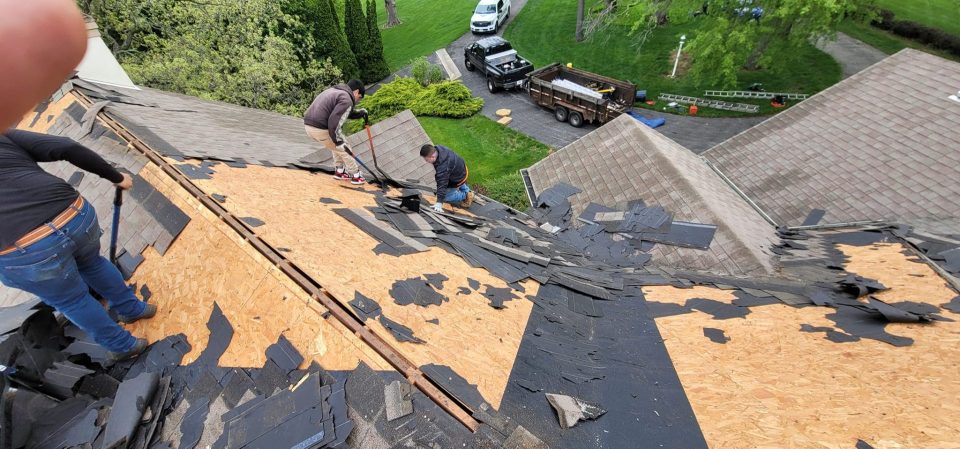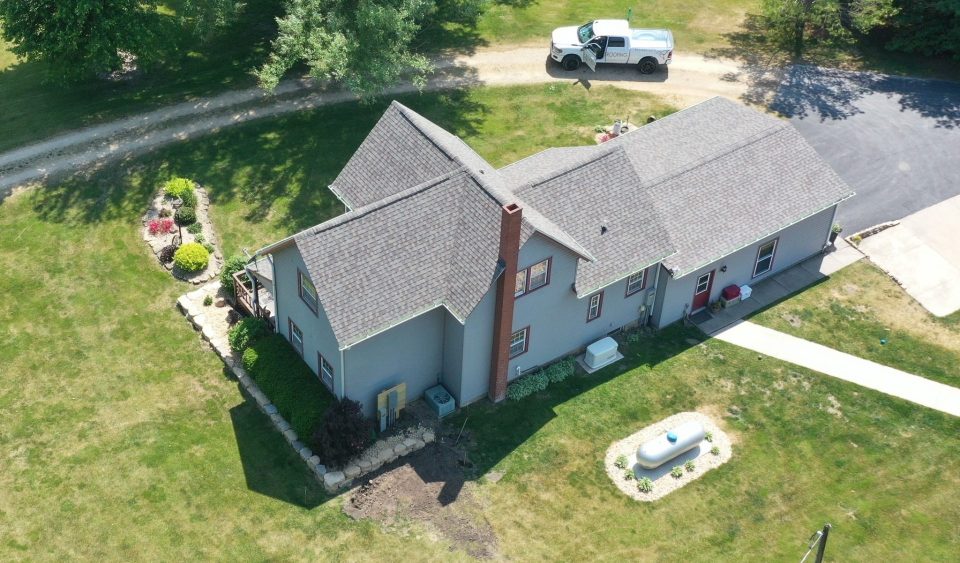How do you know when a roof needs to be replaced? Most homeowners don’t think about their roofs until there’s a problem, but keeping an eye on roof condition can save money and stress. Knowing when to replace your roof is vital. Whether it’s due to weather-related wear and tear or simply aging, it’s crucial to recognize the signs early. In this article, we’ll explore clear indicators that mean your roof may need replacing, helping you stay ahead of potential problems before they escalate into a more costly replacement.
Key signs your roof needs replacement include shingle damage, roof leaks, water stains inside your home, sagging areas, or a roof that is over 20–30 years old, depending on the material. If you notice these issues, consult a licensed roofing professional who can assess the condition of your roof and recommend action.
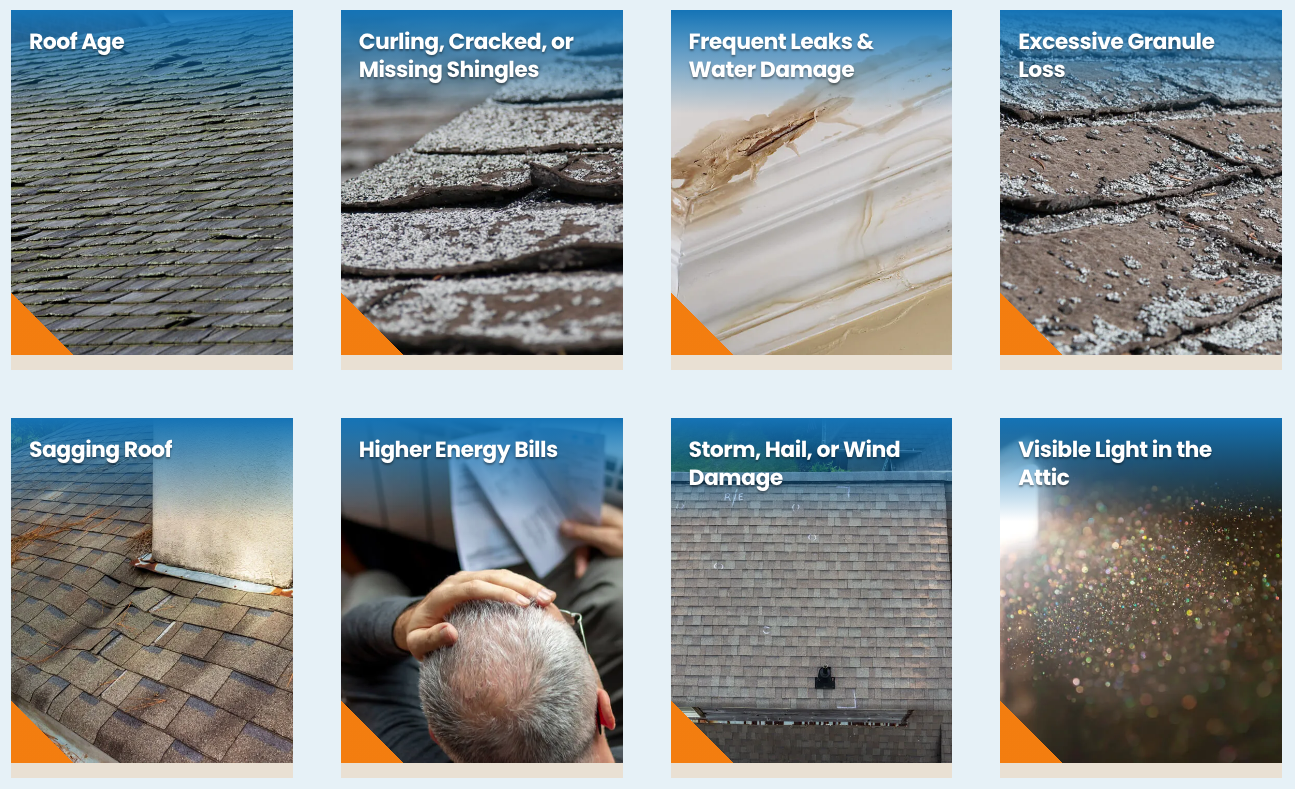
Recognizing the Signs You Need a New Roof
One overlooked indicator is shingles that are curling or buckling. When the edges of your shingles peel away or lift, it signals that your roofing materials are near the end of their life. This could mean poor ventilation or simply old age. Ignoring these signs may lead to leaks and costly damage.
Another red flag is shingle granules in gutters or downspouts. Granules protect shingles from UV rays. When you see them collecting in drainage, it’s a strong indication that your roof’s integrity is compromised and deterioration is accelerating.
Inside your home, look for water stains on ceilings or walls. Dark patches or bubbles beneath paint often mean water is infiltrating through breaches in your roof system. Leaks can quickly lead to mold growth, wood rot, or structural issues if ignored.
Roof age matters. Asphalt shingles last 20–25 years on average. If your roof is approaching this age—or if you live in areas with heavy winds, hail, or snow—you may need a replacement sooner. Always consult a professional for a detailed inspection.
Leaking and Visible Roof Damage
Leaks aren’t just inconvenient; they can cause severe damage if not fixed. A small leak can turn into a structural issue. In Illinois, where storms can be sudden, proactive leak repair can save thousands in costs.
Water Stains on Ceilings and Walls
Even minor stains inside your home can signal roof damage. Moisture seeping through your roof can create mold and mildew. Seasonal checks after storms are essential to catch issues early.
Visible Shingle Damage
Look for missing, cracked, or curled shingles. Illinois storms with high winds and hail often cause this type of damage. Even a few damaged shingles can let water compromise the underlying structure. If many are missing, it’s likely time for full roof replacement.
How Long Before My Roof Needs to Be Replaced?
Understanding the interplay between age and condition is crucial when considering the state of your roof. Asphalt shingles are the most popular roofing choice among homeowners, boasting an average lifespan of 20 to 25 years. It’s essential to know how long your roof has been in place. If you installed your roof two decades ago, it might not be in optimal condition. Even if it looks fine, neglect may have caused internal damage.
Average Roof Replacement Time
A well-maintained 15-year-old roof can still perform better than a neglected 10-year-old one, so don’t let the calendar alone dictate your decision. On average, a residential roof in Illinois won’t need a replacement for 20-25 years. The average time it takes to replace a roof is mostly one day, sometimes 2 days. As you assess the age, let’s take a closer look at what the shingles themselves reveal about their current state.
Granule Loss as a Warning Sign
Granule loss shows shingles are aging. In Illinois, freeze-thaw cycles accelerate wear. If gutters are filling with granules, your shingles may be nearing the end of their life.
Weather and Climate Impact in Illinois
Extreme seasonal changes in Illinois can stress roofing systems. Heavy snow, hail, and storms speed up deterioration.
Ice Dam Formation
Ice dams occur when attic heat melts snow that refreezes at the eaves, forcing water under shingles. This leads to interior leaks and costly damage. Proper attic ventilation and insulation prevent this problem.
Storm Damage
With 50–100 severe thunderstorms hitting Illinois annually, storm damage is a top cause for roof replacement. High winds and hail often leave hidden damage. Always schedule an inspection after severe weather events.
Hiring Professional Roofers in Illinois
Choosing a skilled roofing contractor impacts quality and peace of mind. A professional team ensures proper installation, durability, and reliability.
Credentials and Certifications
Hire roofers with certifications like CertainTeed Select ShingleMaster™. Always verify licensing and insurance. Check online reviews and testimonials to ensure proven reliability. Request multiple quotes to compare services and pricing. Verify experience with specific roofing materials, whether for roof installation or roof repair.
Local Roofing Experience
Illinois weather demands local expertise. Contractors familiar with regional conditions know the best materials and installation practices. At Elevated Roofing, we specialize in helping Illinois homeowners with reliable, weather-ready roofing solutions.
Your roof is critical to your home’s protection. If you’re looking for expert roofing services in Illinois, contact Elevated Roofing today to schedule your consultation.
Protect your investment—request a roofing estimate now and keep your home safe for years to come.


